The layers of a 3D-printed object can misalign during the 3D print process, resulting in visible defects. The print may be tilted if the upper layers do not align correctly with the lower ones. In some cases you may even notice cracks in the layers. This is especially true when the printhead collides with the previous layer.
There are many factors that can cause this problem, from mechanical issues in the printer like loose belts and screws, to software errors like increasing the speed and acceleration setting of the slicer. Even if using one of The best 3D printers, if you don’t correctly set the various components of your 3D printer and slicer settings, it will cause issues during printing. But thankfully, fixing this issue isn’t hard, as we have explained below.
It is important to tighten screws and belts properly

The screws hold the 3D printer components in place and the belts move the printhead along the X- and Y axis. The stepper motor drives the belt and the print head moves across the build platform when the motor is turned.
It’s important to always check all the screws in your 3D printer and the belts to ensure you tighten them well because when loose, it will cause inaccurate movements and vibrations as the printer moves resulting in layer shifting. You should be careful not to overtighten anything, particularly the belts. This will put strain on the motors.
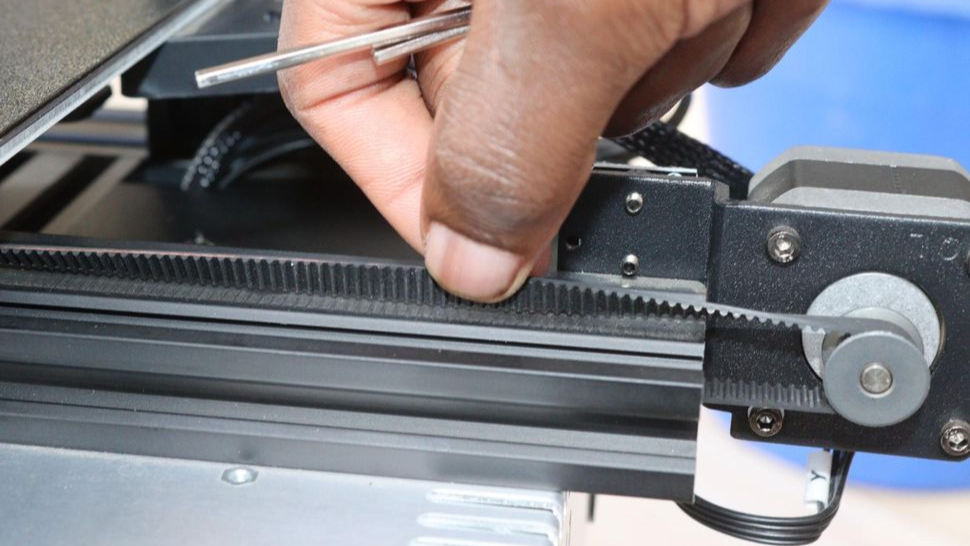
As well as tightening screws and belts properly, you may also want to consider lubricating extruders gears, bearings rails and other moving components to ensure that they run smoothly and with minimal friction, preventing any uneven movement which could affect your print quality. You should not overdo the lubrication, because it can attract dirt, debris and other problems.
You should also consider using a firm table that is sturdy and doesn’t wiggle during 3D printing. Consider adding rubber feet to your 3D printer if it does not have any. You can attach them using glue to the corners of your base to absorb vibrations. It can also be helpful. How to fix a noisy 3-D printer. If vibrations still cause you to shift, you can purchase four Clamps You can use these to fix the sides to the table.
Calibrate Your 3-D Printer Correctly
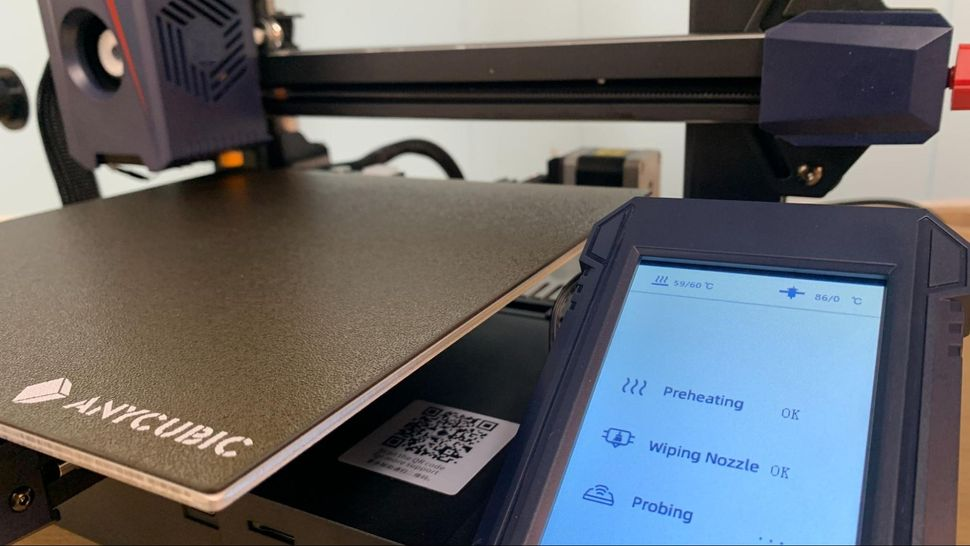
Most of us will check if the 3D printer has been calibrated properly before we start troubleshooting any 3D print issue. This also applies to layer shift. Check that your machine is set up correctly. To begin with, you should level your 3D printing bed. A misaligned or uneven print bed can cause the design not to adhere to the bed properly.
You can Manually leveling the 3D Printer Bed You can also use the automatic feature of your 3D Printer if you have one. You will need to calibrate the E-steps after leveling the bed of your 3D printer. You must ensure that the filament is deposited in the right quantity during the printing process. If the nozzle is not extruding enough filament, it will result in gaps or weak layers that are easier to move. You should use the filament that is best for your nozzle in order to avoid any jamming and clogging, which can cause shifting of layers. It is important that you only use the The best 3D filaments As they are uniform in diameter and free from impurities.
You should also calibrate your 3D Printer axis. You can also print a Small cubeYou can also use these values to fine tune your axis. You will also need to replace your 3D printer nozzle if it’s damaged, or you can simply clean it properly to avoid any debris from preventing the filament from extruding correctly.
The right speed and temperature
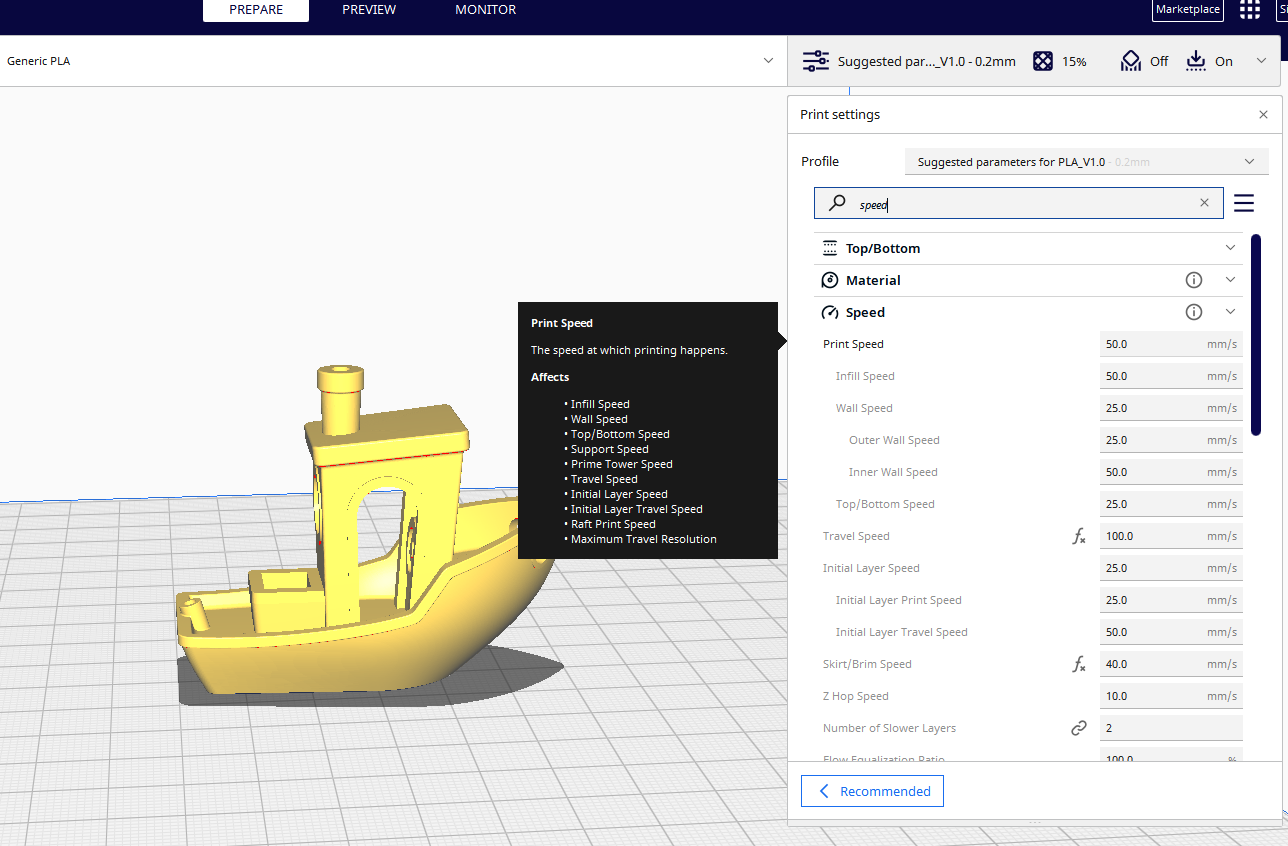
Printing at a faster speed can lead to excessive stress being placed on your 3D printer’s moving parts, resulting in vibrations or even loosening the bolts and screws. It is important to maintain a constant printing speed. Sudden changes in speed can cause layers to move, especially when corners are sharp. High speed can also cause the pulleys skip some teeth resulting in problems with layers. You should therefore keep your speed at 50-60 mm/s.
You should also keep your travel speed at around 100 mm/s. Any speed above this can cause problems. Travel speed settings can be found in the Travel You can find this in the Slicer section. If you enabled combing you should check the Avoid printed parts when traveling.

The speed setting is also available in a variety of other options. Print Acceleration The following are some examples of how to get started: jerk settings Cura’s default acceleration value is around 1000 mm/s.
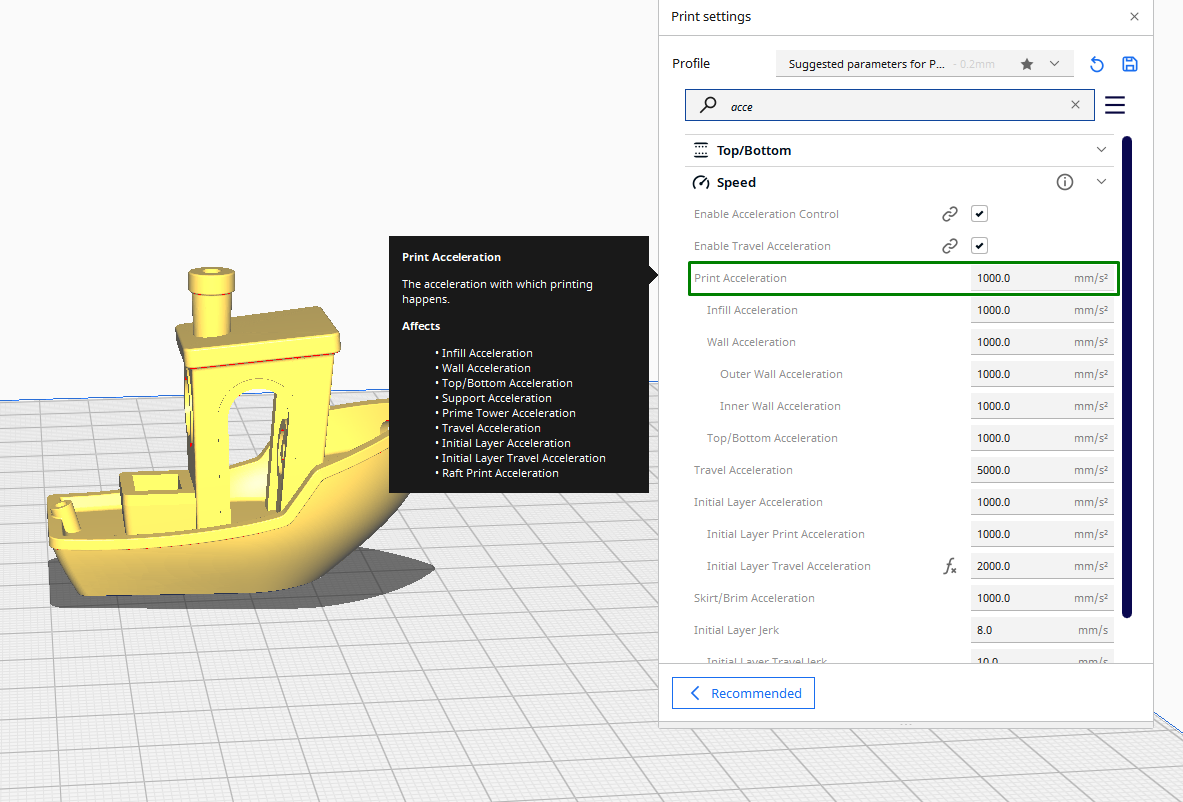
The default setting for jerk is 8 mm/s.
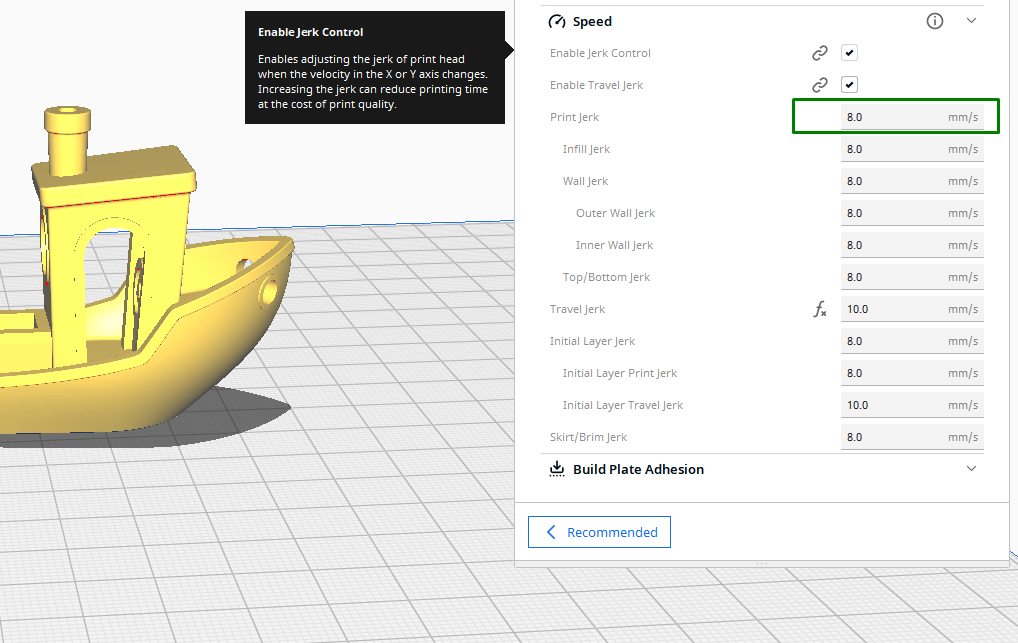
Both settings affect how the printhead moves, and can change direction. You may experience layer shifting if you increase the value above the default. This is because it will cause vibrations and more movement of the printhead.
Consistent temperature is equally important as speed. If the temperature is too low or not consistent, it can cause the first layer to not adhere correctly to the surface, causing some sections to separate. This will lead to misalignment, particularly due to warping of the base layer.
Z Hop Feature Enabled
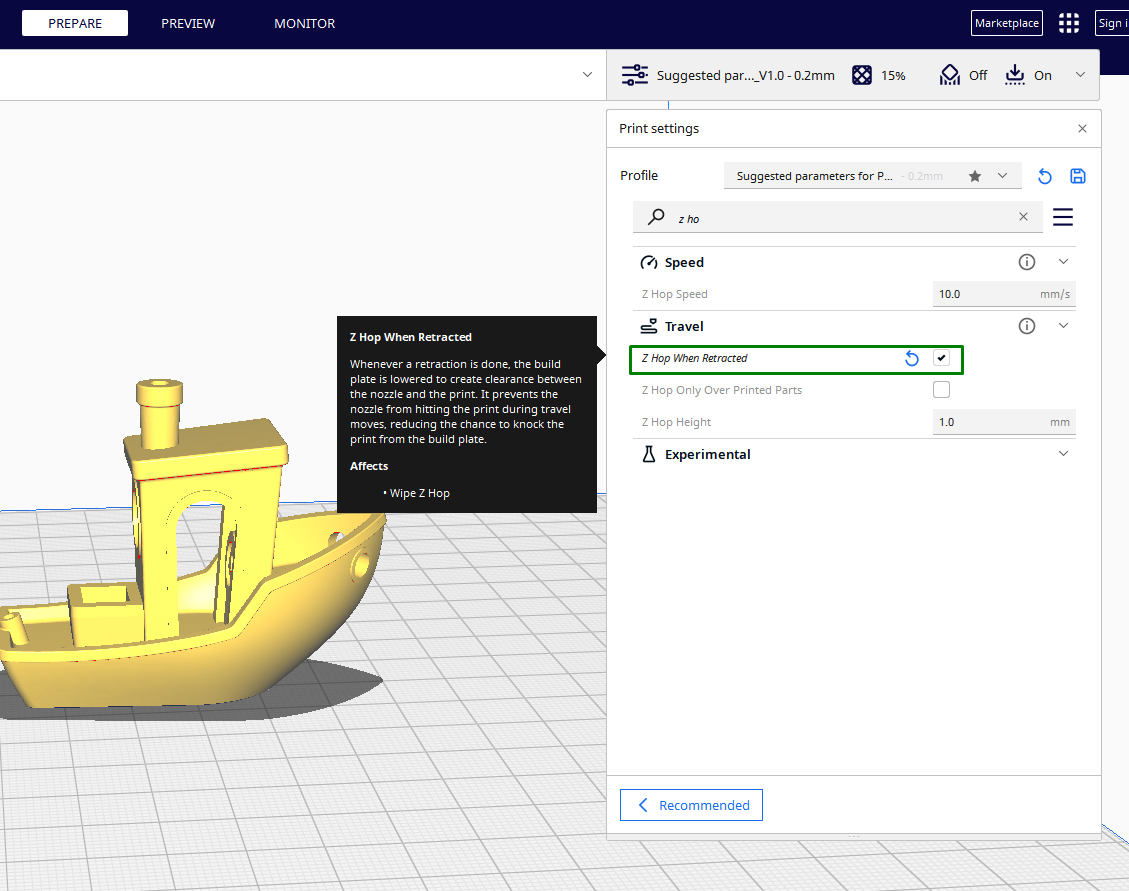
Z hop is an option that allows the printer to lift the printhead in the Z-axis when the printer changes between sections or moves to a different location. This vertical movement ensures that the print head doesn’t collide with any of the previous printed layers and this also prevents layer shifting. This feature is useful when printing designs which have tall or thin structures. You can activate this feature with any of the top 3D printer slicers.
These methods should fix your layer-shifting issue. If it doesn’t, you should also check on your wires and the cooling fans and ensure they all work as expected. To ensure that everything works as it should, after you have adjusted your settings and checked the hardware I recommend printing an example layer shift torture text before printing your actual design.
More: This guide is for beginners.
More: How to fix Z banding in 3D printing
More: FreeCAD 3D Printing Tutorial
More: How to convert OBJ files to STL files for 3D printing
More: How to clean and cure resin prints